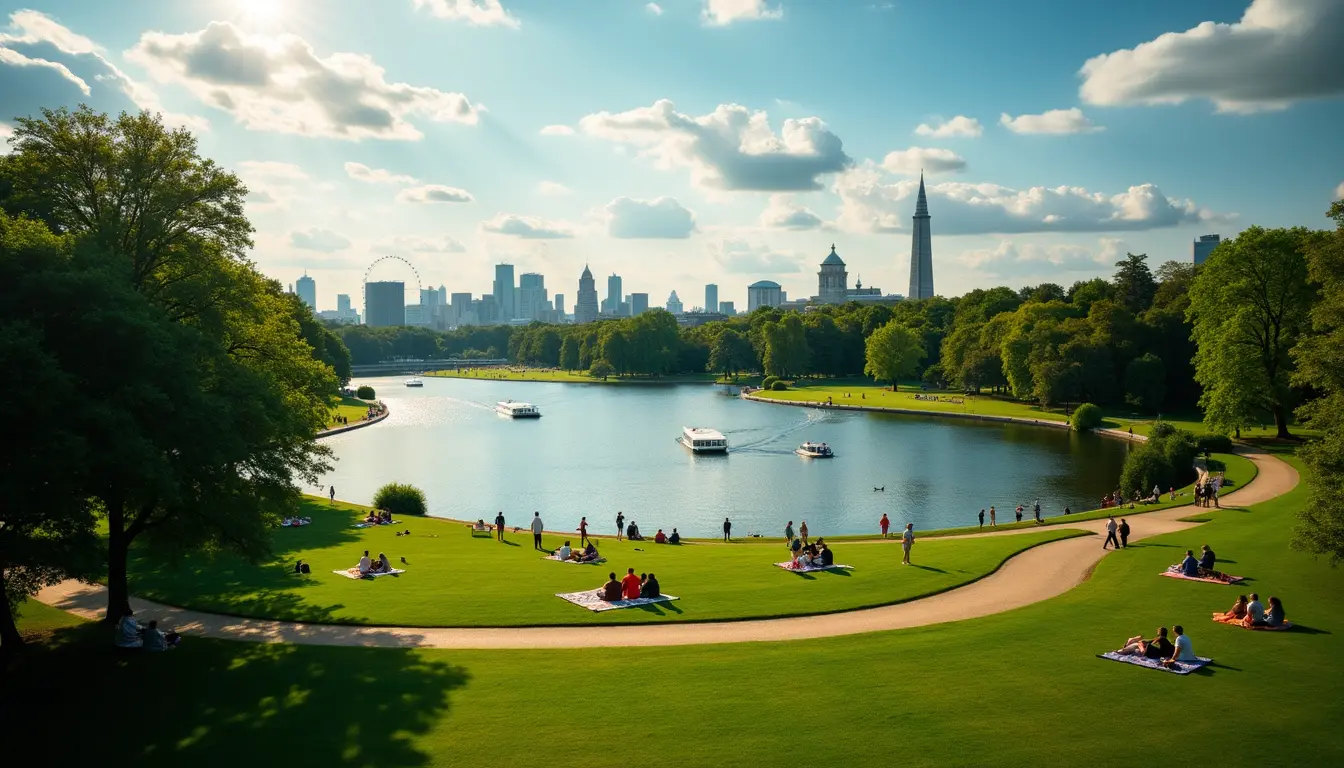Wow, London’s got some serious location bragging rights! It scores a massive 4.35 out of 5 from over 6,300 reviews. Trust me, that proves what we locals already know – London neighbourhoods offer an amazing quality of life.
Finding the Best Places to Live in London can feel like a big task, especially with the city’s incredible variety. The average home might cost around £757,000, but don’t let that scare you! There are fantastic spots at every price point. Just look at Walthamstow averaging £532,800, or Islington hitting £846,896 – see? So much choice!
London’s appeal is undeniable. Seven different boroughs even made it onto the super-prestigious Sunday Times Best Places to Live list for 2025! That’s seriously impressive.
Honestly, I’ve spent ages digging into everything. I’ve looked at transport links, cool cultural spots, and everything in between. This guide will show you 13 of London’s absolute finest residential areas.
Maybe you’ll fall for Bloomsbury’s exciting £400 million development? Or perhaps Telegraph Hill’s peaceful conservation area is more your vibe? Whatever you’re looking for, let me help you find your perfect London neighbourhood.
Islington: Historic Charm Meets Modern Buzz
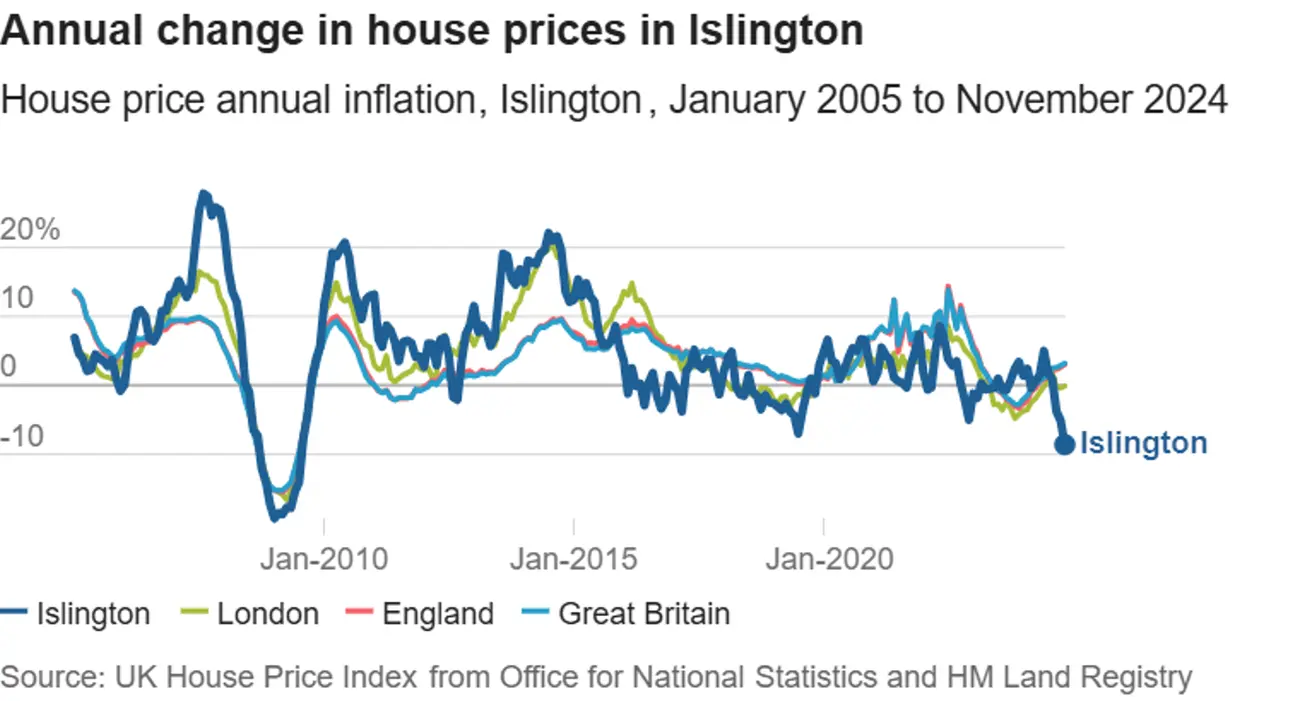
Image Source: HOLD Storage
Islington easily grabs a spot among London’s best places to live. You’ll find this gem in North London. It perfectly blends gorgeous historic charm with cool, modern city living. It’s no wonder young professionals and families are flocking here! The quality schools and brilliant amenities are a huge draw.
Islington Lifestyle and Vibe: Style and Green Escapes
This neighbourhood really holds its own in London’s massive landscape. Upper Street is the beating heart of the area. Locals call it the “northern mile of style,” and honestly, it lives up to the name! The streets are packed with independent shops, fantastic restaurants, and cosy cafés. You could easily spend a day checking out the best shopping in London right here.
Looking for entertainment? You’re sorted! There are fringe theatres like The Kings Head and The Almeida right here. Plus, the famous Sadler’s Wells Theatre brings in world-class dance shows that people travel miles to see.
Families absolutely love it too. Screen on the Green often shows parent-baby cinema screenings – how cool is that? You’ll find adventure playgrounds and lovely green spaces dotted all around. Even though it’s urban, Islington keeps hold of beautiful garden squares and parks. Highbury Fields, St. Mary’s Church Gardens, and Culpeper Community Garden are perfect little spots for a peaceful break. You might even discover them while searching for hidden parks in London that locals love!
Islington Transport and Connectivity: Getting Around is Easy
Getting around from Islington? It’s a breeze! The transport links are truly outstanding. Can you believe the borough has 16 stations? That covers the London Underground, Overground, and National Rail. Angel station gets you on the Northern Line. Highbury & Islington connects you to both the Victoria Line and the Overground.
Need to get into Central London? It’s just 10 minutes away! Plus, loads of bus routes connect you easily to the City, the West End, and other nearby areas. Islington was actually ahead of the game, becoming London’s first borough to introduce a 20mph speed limit on residential roads way back in 2012. They later rolled this out to most main roads too.
Islington Property Prices: What to Expect
Okay, let’s talk money. Islington’s popularity definitely shows in its property prices. The average house price was around £657,000 in February 2025. That’s actually a 5.1% drop compared to February 2024, which is interesting!
Here’s a quick look at different property types:
- Detached homes: £1,546,000
- Semi-detached homes: £1,321,000
- Terraced homes: £1,075,000
- Flats and maisonettes: £552,000
The rental market is buzzing too. Average monthly rents hit £2,699 in March 2025 – that’s up 10.6% from last year! A one-bedroom place costs roughly £2,030 per month. Need more space? A four-bedroom home goes for about £4,012. If you’re watching the pennies, maybe my tips on how to improve your credit score could help?
If you’re buying for the first time, expect to spend around £583,000. If you’re already a homeowner moving within the area, it’s closer to £812,000. Yes, the prices might seem high. But trust me, with Islington’s amazing amenities, rich culture, and fantastic location, many feel it’s worth every penny. It remains one of London’s most sought-after neighbourhoods and definitely one of the Best Places to Live in London.
Walthamstow: Affordable Vibe Meets Natural Beauty
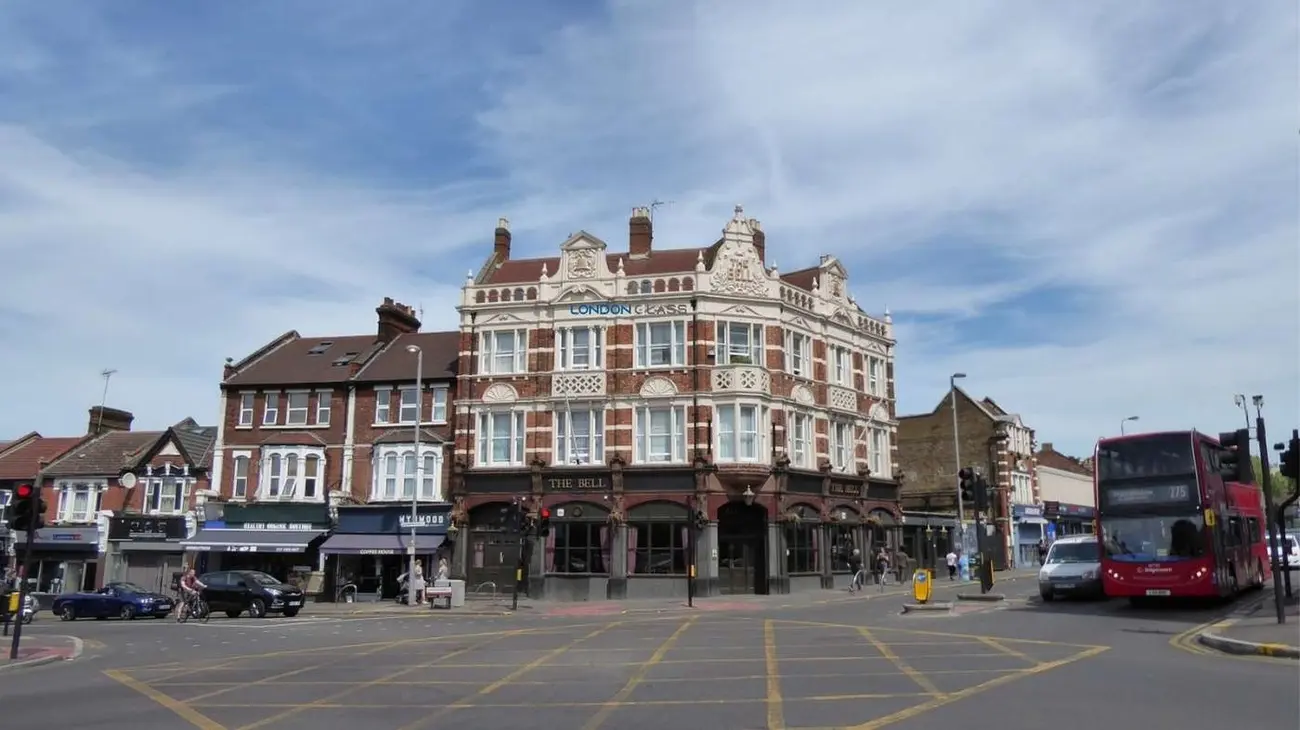
Image Source: London Glass
Guess what? The Sunday Times recently named Walthamstow one of the UK’s best places to live! This North East London neighbourhood perfectly mixes city life with stunning natural beauty. It’s easy to see why more Londoners are choosing this affordable, culturally rich spot to settle down. It’s becoming a strong contender for the Best Places to Live in London for many.
Walthamstow Community and Culture: Creative and Diverse
Walthamstow buzzes with creative energy and cultural diversity. That’s what really shapes its amazing community spirit. Young musicians and designers are drawn here. It’s an area that genuinely welcomes new ideas and creativity. The neighbourhood’s multicultural vibe brings flavours from all over the world right onto the local streets through its many brilliant eateries. You can probably find some of the best breakfasts in London around here too!
Local arts and culture are thriving here too. Get this – the “Make it Happen” grants programme is investing £100,000 in 2025! This money supports creative projects that boost health and wellbeing in the community. Waltham Forest Council also has big plans, with £17 million earmarked for a new Walthamstow “cultural quarter.” These exciting plans include renovating the Vestry House Museum and turning Chestnuts House into cool creative workshops and cafés.
Walthamstow Green Spaces: An Urban Wetland Paradise
Honestly, Walthamstow’s green spaces are exceptional. They are truly one of its greatest assets! Walthamstow Wetlands is the absolute crown jewel – no doubt about it. It’s a massive 160-hectare nature reserve, internationally important, and London’s largest urban wetland! This incredible place is part of the Walthamstow Reservoirs Site of Special Scientific Interest. It provides homes for tons of wildlife, from rare waterfowl to majestic birds of prey.
But that’s not all! Lloyd Park, Walthamstow Marshes, and parts of Epping Forest give residents even more beautiful natural spaces to explore. These spots offer lovely walking trails and sports facilities. They’re perfect peaceful retreats, maybe even places to escape like those you’d find on a London day trip by train. The area has surprisingly good air quality and feels quite rural, even though you’re still close to central London. Maybe you’ll need help with how to get rid of fruit flies less often here too!
Walthamstow Average Home Cost: Value in the Capital
Walthamstow offers one of London’s more accessible property markets, even though prices are creeping up. The average sold price over the last year sits somewhere between £581,964 and £584,078. That shows a 7% increase compared to last year.
Prices vary depending on the type of home:
- Terraced properties: £704,007 – £713,043
- Flats: £415,117 – £420,077
- Semi-detached homes: £746,525 – £755,067
- Detached houses: £837,143
Watching your budget? Buyers looking for smaller places can find one-bedroom properties for around £329,639. If you need more room, larger five-bedroom homes cost about £961,241. Properties typically stay on the market for about 12 weeks here. Interestingly, asking prices have dipped slightly by 1.4% in the last six months.
Whatever the gradual price increases, Walthamstow is still cheaper than many other London neighbourhoods. Buyers really get great value here. You get good schools, decent transport links, and those amazing natural spaces all rolled into one. This makes it a fantastic option when considering the Best Places to Live in London.
Bloomsbury: Academia, Culture, and Georgian Grandeur
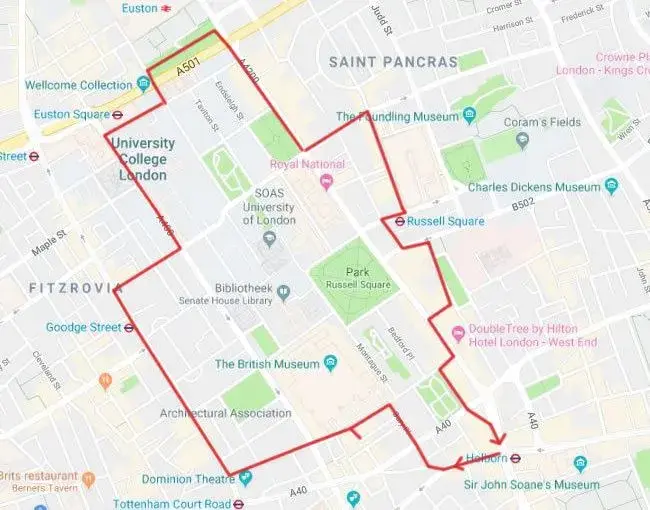
Image Source: The Travel Tester
“London, that great cesspool into which all the loungers and idlers of the Empire are irresistibly drained.” — Arthur Conan Doyle, Creator of Sherlock Holmes
Ah, Bloomsbury! Nestled right in central London, this area easily ranks as one of the Best Places to Live in London. What makes it so special? It’s got this incredible academic heritage and a super-rich culture. It’s a stylish district that naturally mixes elegant Georgian architecture with that buzzing city energy. Honestly, it’s become a real intellectual hub, attracting people from all walks of life.
Bloomsbury Academic and Cultural Appeal: Brains and Beauty
Bloomsbury’s academic credentials are seriously impressive. You’ve got world-class institutions like University College London (UCL), the University of Law, and several University of London colleges right here. In fact, you can read more about the best universities in London in my other guide! These places welcome students from over 150 countries, giving the area a real global feel.
Then there’s the British Museum – adding even more intellectual sparkle with its collection covering two million years of human history! And just nearby is the British Library, home to the world’s largest catalogue of items. Fancy a visit? Check out my guide to free museums in London.
Literary history runs deep here too. Remember the famous Bloomsbury Set? Virginia Woolf, John Maynard Keynes, E.M. Forster – they all called this area home. That creative spirit is still alive today, thanks to places like the Royal Academy of Dramatic Art (RADA) and Bloomsbury Publishing.
The neighbourhood’s charm doesn’t stop there. It boasts beautiful garden squares and gorgeous streets. There are ten distinct garden squares dotted around, each with its own unique vibe. They offer perfect little quiet escapes from the city buzz.
Bloomsbury Property Pricing: Central London Living
Being so central and prestigious means property prices here are definitely premium. Over the last year, average property values have hovered between £764,553 and £766,913.
Here’s how it breaks down by property type:
- Flats: £687,518 to £731,222 (These are the most common type of property here)
- Terraced properties: £1,831,893 to £1,873,333
Rental prices typically range from £260 up to £1,260 per week, with the average sitting around £535 per week. Studio flats are the most affordable option, usually between £300 and £500 weekly. One-bedroom apartments generally cost between £350 and £810 per week.
Bloomsbury Transport Links: Exceptionally Connected
Bloomsbury really shines when it comes to transport, cementing its place as one of the best places to live in London. You’ve got several Underground stations right on your doorstep: Tottenham Court Road (Central and Northern lines), Holborn (Central and Piccadilly), Russell Square (Piccadilly), and Chancery Lane (Central).
The new Elizabeth Line at Tottenham Court Road has made connections across London even better. You can get directly to Heathrow Airport in about 70 minutes! Three National Rail stations serve the area too, offering connections across the UK. Fancy a trip further afield? International travel is easy with the Eurostar departing from nearby St Pancras.
Being so central means you can actually walk to most London destinations. That’s a rare treat in this sprawling city!
East Dulwich: Village Charm in South London
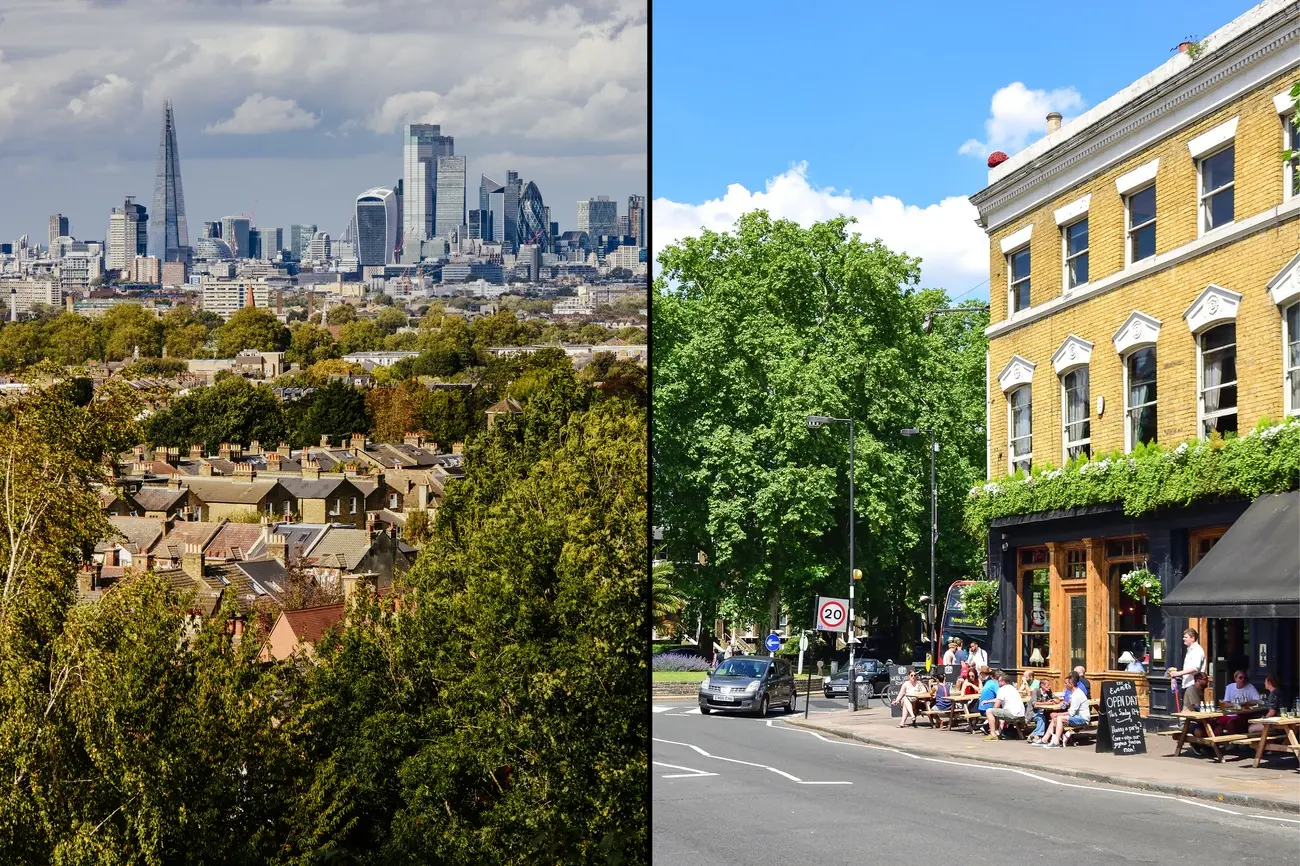
Image Source: The Times
East Dulwich really stands out as one of the best places to live in London. Why? It’s got these lovely tree-lined streets and a charming village feel. This South London gem attracts both families and young professionals, and honestly, it’s easy to see why. The neighbourhood’s unique character and strong community spirit make it feel really special.
East Dulwich Neighbourhood Charm: Community and Greenery
The cosy, homely atmosphere here sets it apart from other top places to live in London. Lordship Lane is the bustling heart of the community, packed with independent shops and cool boutiques. Residents absolutely love the green spaces nearby. Dulwich Park and Peckham Rye offer perfect peaceful escapes from the city hustle – perhaps even spots to rival those hidden parks in London that locals love?
The community spirit runs deep here. One local put it perfectly: “A really terrific place to bring up a family with good primary schools, lots of parks and green spaces, a lovely friendly community and a great high street”. Cultural life is buzzing too, with the East Dulwich Picturehouse cinema opening back in 2015. You’ll find art galleries dotted around, and the annual Dulwich Festival is fantastic for showcasing local artistic talent.
East Dulwich Food and Drink Scene: A Foodie Haven
You know what? This area boasts an exceptional food scene, making it arguably one of the best London boroughs for foodies. Lordship Lane is lined with outstanding restaurants, from traditional British pubs to more high-end spots. Kartuli is a real standout – it’s a Georgian restaurant serving delicious mezze and traditional dishes with a brilliant wine list.
Yama Momo is another local favourite, delighting diners with contemporary Japanese cuisine. Trust me, you have to try their octopus and scallop nigiri! Coffee lovers are spoilt for choice too, with loads of independent cafés using beans from local roasters. The wine scene keeps getting better as well, with places like Planet of the Grapes joining the neighbourhood. Their bottle prices range from £11 right up to £400! You could easily find one of the best breakfasts in London here.
East Dulwich Housing Market: Desirable and Stable
The area’s reputation as one of the good places to live in London definitely shows in its property prices. Last year, average house prices hit £833,391. That’s a 3% increase from the year before and a 5% jump compared to the 2022 figures.
Here’s the breakdown:
- Flats: £503,804 (These make up most of the sales)
- Terraced properties: £1,084,390
- Semi-detached homes: £1,647,862
As of April 2025, house hunters could choose from around 555 homes listed for sale, with average asking prices sitting at £800,020. Properties here typically sell within two to three months. This suggests East Dulwich’s housing market is pretty stable compared to some other London neighbourhoods.
Stoke Newington: North London’s Village Vibe
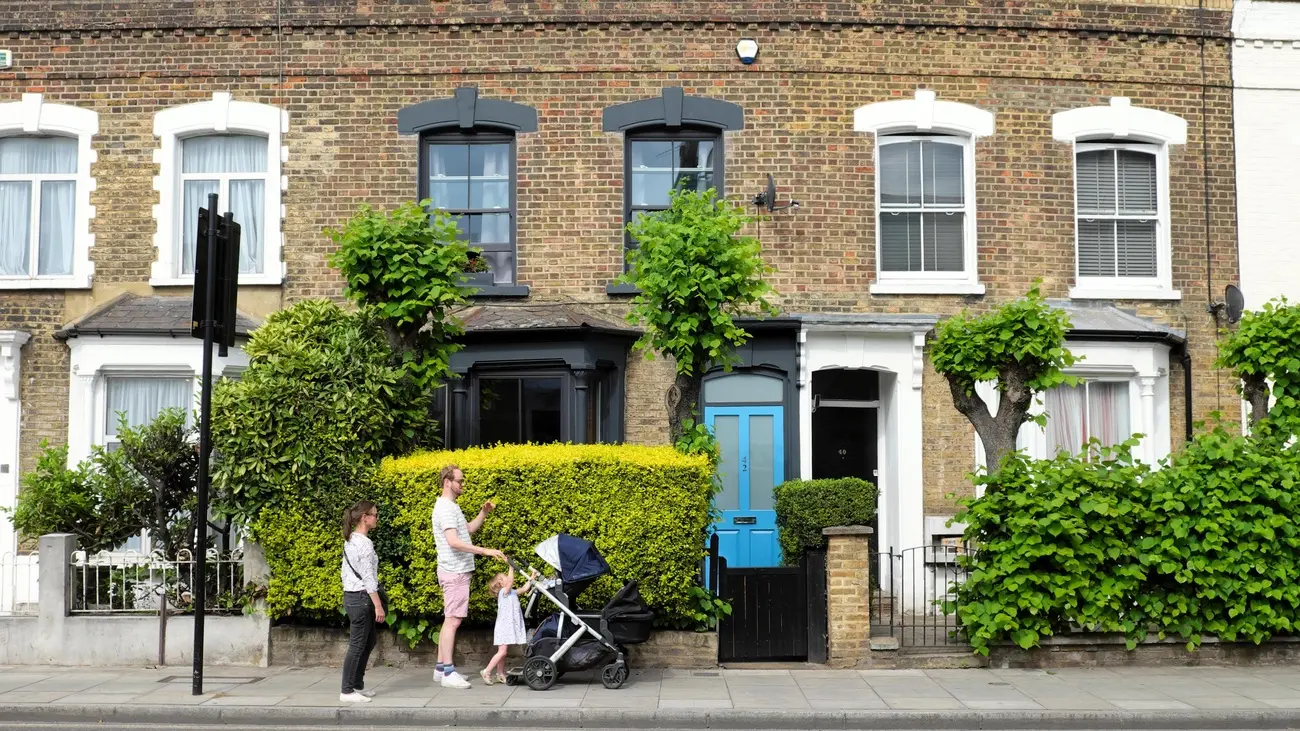
Image Source: The Times
Stoke Newington really stands out as one of the best neighborhoods in London, especially known for its lovely village-like charm. This fantastic spot in North London gives families the perfect blend of community spirit and city convenience. It truly feels unique among London’s many neighbourhoods.
Stoke Newington Family-Friendly Vibe: Indie Spirit
Church Street is the heart of this good place to live in London. It’s packed with independent shops, organic food markets, and quirky, cool cafés. The neighbourhood attracts all sorts of people. Professionals love how close it is to central London, while families just can’t get enough of its welcoming, friendly atmosphere.
Compared to London’s more frantic areas, ‘Stokey’ keeps things wonderfully laid-back. Its multicultural character helps create really strong community bonds. As one local perfectly summed it up, “Everything you can want in one postcode”. And they’re spot on! The way this area mixes city perks with a close-knit community feel makes it ideal for families wanting culture right on their doorstep. It’s the kind of place you could easily spend a day exploring, perhaps finding fun things to do in London with kids.
Stoke Newington Parks and Schools: Green and Great Education
This top place to live in London really shines when it comes to green spaces. Clissold Park is the neighbourhood’s absolute pride and joy. You’ll find everything here: tennis courts, basketball courts, a skatepark, playground, ponds, and sports pitches. Get this – there’s even a mini zoo with deer and goats! During summer, kids love splashing about in the new water park.
Nature lovers are in for a treat with Abney Park too. It’s a stunning 32-acre nature reserve. The park is buzzing with wildlife – keep an eye out for rare birds, bees, bats, butterflies, foxes, and even badgers calling it home.
The schools here are just as impressive as the parks. Outstanding primary schools include William Patten, Grazebrook, Newington Green, and Shacklewell. For secondary education, Stoke Newington School and Sixth Form takes good care of the older kids and holds a “good” Ofsted rating.
Stoke Newington Property Prices: Premium for Perks
Like other best areas to live in London, Stoke Newington’s property prices are quite substantial. Last year, the average price reached £734,495. Interestingly, this marked a 3% drop from both the previous year and the 2022 peak of £759,386.
Different types of homes come with different price tags:
- Flats: £562,046 (This is where most sales happen)
- Terraced properties: £1,245,473
- Semi-detached homes: £919,346
New buyers typically look at flats starting around the £550,000 mark. Family homes usually cost upwards of £1 million. Why the premium prices? It’s down to those excellent schools, gorgeous parks, and that wonderful tight-knit community feel.
Hillingdon: Green Spaces and Great Connections

Image Source: areas.london
Out in West London, Hillingdon brilliantly mixes beautiful green spaces with excellent transport links. This makes it one of the best London boroughs for commuters looking for a more affordable lifestyle without giving up convenience.
Hillingdon Transport and Heathrow Access: Commuter Heaven
The borough’s fantastic transport network really makes it stand out among the best areas to live in London. You’ve got multiple Underground lines serving the area – the Metropolitan, Piccadilly, and Central lines all run through here. Plus, the Elizabeth Line services will soon connect Hayes and West Drayton stations too. These brilliant links give residents quick and easy access to central London and further afield.
What makes Hillingdon really unique compared to other good places to live in London is just how close it is to Heathrow Airport. Need to catch a flight? The Heathrow Express runs a direct train service to Paddington station. Heathrow Connect offers extra stops, making the airport even more accessible. There are also frequent bus routes running between Hillingdon Station and Heathrow Central Bus Station – the journey takes about 44 minutes. You can also hop on the Underground and change at Acton Town station, which usually takes around an hour.
Hillingdon Affordability: Help to Get on the Ladder
Hillingdon shines among the top places to live in London thanks to its helpful housing affordability programmes. The London Living Rent scheme is fantastic. It helps middle-income Londoners save money towards buying their own home while renting good quality accommodation. To qualify, your gross annual household income needs to be under £60,000, and you must plan to buy through shared ownership within 10 years.
The borough is also focused on investing more money into its existing council housing. They’re prioritising safety improvements and better heating systems. This helps reduce carbon emissions and tackles fuel poverty – important stuff! Perhaps learning how to bleed a radiator could help keep bills down too.
Hillingdon Local Highlights: History and Community
Local attractions definitely boost Hillingdon’s reputation as one of the best neighborhoods in London. History buffs will love the Battle of Britain Bunker Exhibition and Visitor Centre. This amazing site housed RAF Fighter Command’s No.11 Group Operations Room during World War II!
Need some fresh air? Nature enthusiasts can enjoy Cranford Country Park, which used to be the grounds of Cranford House. Eastcote House Gardens is another lovely peaceful spot that’s been at the heart of Eastcote for over 500 years.
Hillingdon’s community transport services also deserve a shout-out. Services like Hillingdon Community Transport offer fully accessible minibus services at affordable rates. These help disabled people and community groups get around, showing the borough’s strong commitment to making sure everyone feels included.
Newham: Transformation and Future Potential
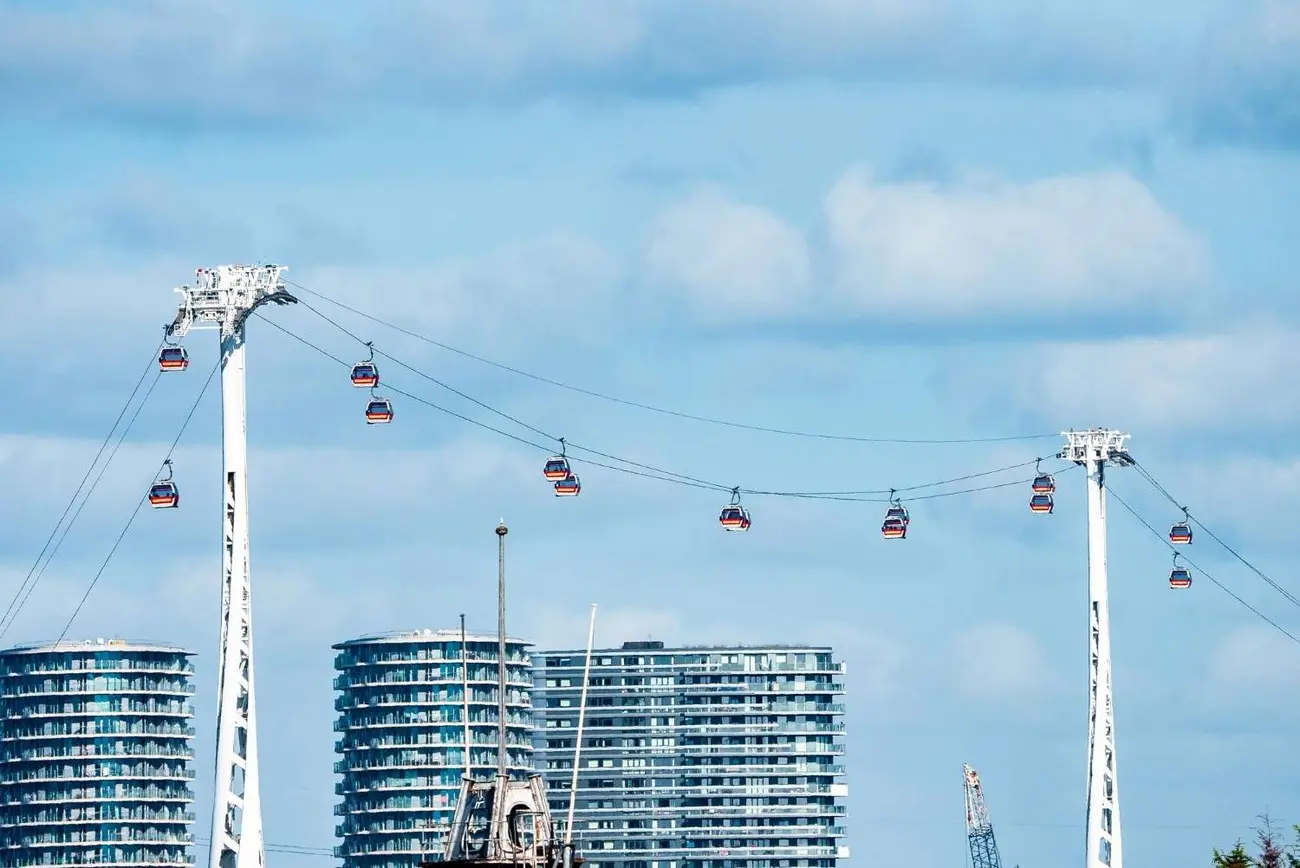
Image Source: Guinness Homes
“The process of revision thus never fully catches up with itself. In general the reader may expect to find some of this less than perfect consistency.” — Talcott Parsons, American sociologist and social theorist
Wow, Newham in East London is really emerging as a hotspot! It offers amazing opportunities if you’re looking for the best places to live in London with serious future potential. This vibrant borough keeps evolving while managing to hold onto its unique character.
Newham Regeneration Projects: Building for the Future
The whole area is changing thanks to some bold regeneration plans. Get this: the massive £3.7 billion Canning Town and Custom House project will create 10,000 new homes! Builders have already finished or started work on 3,500 of them. The Carpenters Estate project is another huge step forward. Work on James Riley Point is set to start in summer 2025, with other phases kicking off in 2026. Plus, the Silvertown site will add 106 affordable homes by 2025 – and that’s just the beginning of a bigger plan for 6,500 new homes in total.
Newham Cultural Diversity: The World in One Borough
Newham really stands out among the best London boroughs for its incredible cultural mix. It’s one of the UK’s most diverse areas. Can you believe that seven out of ten residents come from ethnically diverse backgrounds? And people here speak more than 220 languages and dialects! This amazing blend of cultures has earned Newham the brilliant nickname “the world in one borough”. The council has even launched an exciting 15-year plan called “Building Newham’s Creative Future”. It puts culture right at the heart of community growth and making sure regeneration includes everyone.
Newham Housing Affordability: Attractive Prices
Looking for good places to live in London that won’t break the bank? Newham’s prices are definitely attractive. In February 2025, average house prices were around £415,000 – that’s actually down 6.8% from last year.
Prices vary depending on the property type:
- Detached homes cost around £737,000
- Semi-detached homes cost around £519,000
- Terraced houses cost around £474,000
- Flats/maisonettes cost around £353,000
Rental prices have gone up a bit though. They reached £1,776 per month in March 2025, which is 5.6% higher than last year. Even so, these prices are still generally below the London average. This makes Newham one of the more affordable top places to live in London, especially when you consider how close it is to central areas.
Barnet: Educational Excellence in North London

Image Source: Chancellors
Barnet really stands out as an educational powerhouse up in North London. It draws families searching for excellent schools and that comfortable suburban lifestyle. This outer London borough offers residents great amenities alongside reasonable housing prices, making it one of the best London boroughs for people who really value top-quality education.
Barnet Schools and Family Appeal: A Top Choice for Families
The borough’s education system is definitely its main attraction, boasting several outstanding primary and secondary schools. Parents should know about the borough’s clear school admission appeal process. It has specific deadlines – May 22, 2025, for Reception entries, for example. However, it’s worth knowing that infant class appeals (Reception to Year 2) rarely succeed because of the government’s strict rule of 30 children per teacher.
The council supports families through lots of different initiatives. These include programmes offering free school meals, maternity grants, and help with childcare costs. Barnet residents facing money worries can also get emergency financial help, housing benefits, and advice on managing debt.
Barnet Transport and Shopping: Connected and Convenient
Barnet’s comprehensive transport options make it one of the best places to live in London. Residents benefit from Underground and Overground connections. These work alongside special services designed for people with mobility issues. Older and disabled residents can travel free on most public transport across London using the Freedom Pass, which is fantastic.
For shopping, The Spires Shopping Centre is the main destination. It offers over 90,000 square feet of space with 37 stores, including a supermarket and restaurants. It pulls in about 70,000 shoppers every week and has easy parking starting at just £1 for the first hour. It’s a great spot if you’re exploring the best shopping in London.
Barnet Property Market: Solid Investment
Barnet’s property market stays strong. Average house prices hit £603,000 in February 2025. Different property types come with varying price tags:
- Detached properties: £1,557,000
- Semi-detached properties: £820,000
- Terraced properties: £624,000
- Flats and maisonettes: £390,000
Rental prices continue to climb. Average monthly rents were up by 6.9% to £1,838 in March 2025. A one-bedroom home rents for about £1,409 monthly, while larger four-bedroom properties cost around £3,044. First-time buyers are now looking at average prices of £480,000 – that’s up 1.6% from February 2024. While these prices are higher than national averages, Barnet remains a smart choice among the best areas to live in London, especially for families prioritizing education.
Tower Hamlets: Historic Docks Meet Modern Skylines
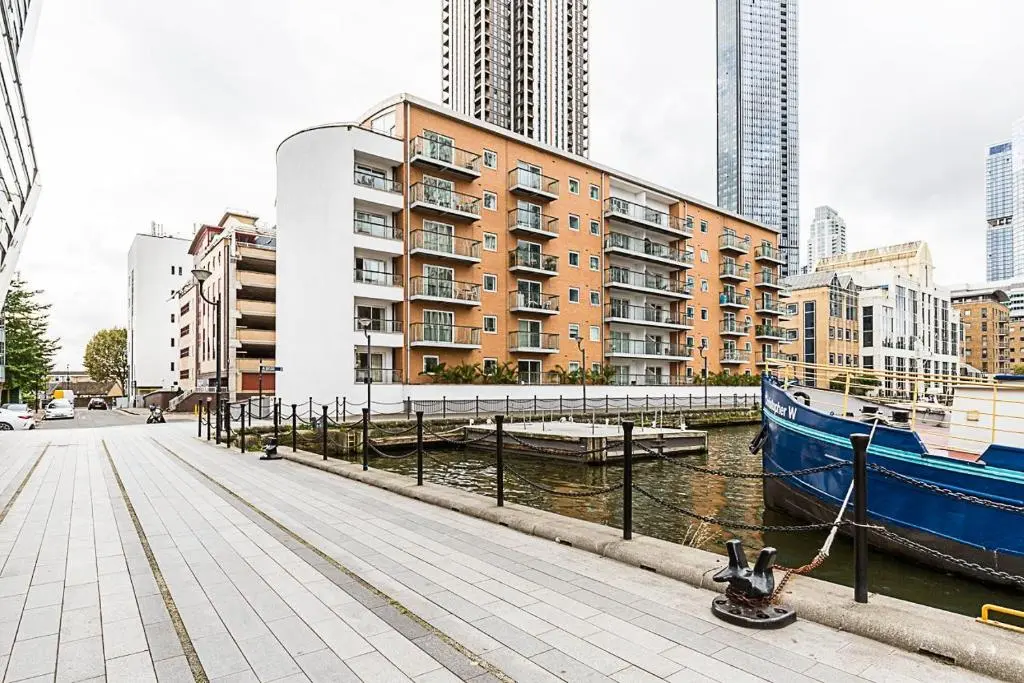
Image Source: Booking.com
Tower Hamlets really stands out as one of the best neighborhoods in London. It’s got this striking mix of historic docklands rubbing shoulders with shiny modern skyscrapers. This eastern borough truly shows London’s development – you’ll find extreme wealth right next to areas facing poverty. What does this create? A uniquely diverse and vibrant community.
Tower Hamlets Riverside Living: New Developments Shine
The riverside appeal here is getting a massive boost! Poplar Riverside, a brand-new 20-acre regeneration neighbourhood in E14, is leading the charge. This development includes a stunning 2.5-acre riverside park. It gives residents gorgeous open-plan living with views over the park, the river, and the city skyline. Adding even more value is The Riverside Club, boasting a 20m swimming pool, jacuzzi, spa, and a state-of-the-art gym. Nice!
Shelduck Square sits right at the heart of these new developments. The square hosts events and is attracting new businesses. Cafés, bars, restaurants, and shops are making the area even more vibrant. This blend of waterfront living and fantastic amenities makes Tower Hamlets a surprisingly attractive option among the good places to live in London.
Tower Hamlets Canary Wharf Access: Superbly Connected
Transport links to Canary Wharf and central London really put Tower Hamlets ahead of many best London boroughs. The Jubilee Line connects Canary Wharf quickly to key spots:
- London Bridge: 7 minutes
- Waterloo: 11 minutes
- Westminster: 13 minutes
- Bond Street: 17 minutes
The Elizabeth Line offers speedy routes too:
- Whitechapel: 3 minutes
- Liverpool Street: 6 minutes
- Paddington: 17 minutes
- Heathrow Airport: 45 minutes
Need another option? Thames Clippers run four services an hour during peak times to the Canary Wharf pier. The journey from Waterloo takes about 30 minutes. Plus, London City Airport is less than 3 miles away – just a 14-minute DLR ride!
Tower Hamlets Housing Options: Challenges and Growth
Housing in Tower Hamlets presents both opportunities and challenges. Currently, over 23,500 households are waiting on the borough’s housing register. Each year, only about 10% of those on the list actually get homes. Private rental costs are high too – you’d need an income of around £75,000 a year just to spend a third of it on housing.
The council is working on it, though. They plan to build 1,000 new council homes and help residents who are struggling to afford local prices. It’s interesting to see how private rentals have grown, shooting up from 18.3% of housing stock in 2003 to about 39% by 2014. Despite these hurdles, Tower Hamlets keeps growing as a dynamic choice among the top places to live in London.
Wandsworth: Green Living in Inner London
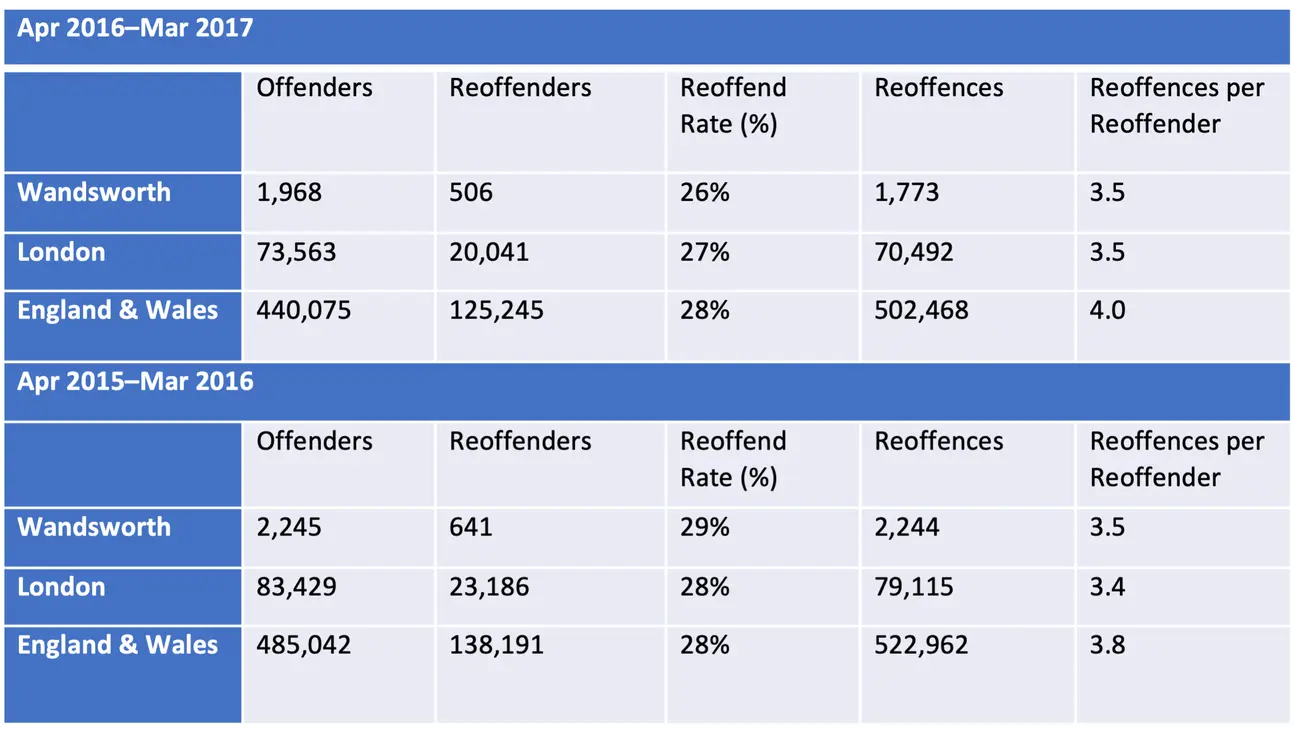
Image Source: Wandsworth Council
Wandsworth truly stands out as one of the best places to live in London. This leafy district combines an amazing number of parks with a vibrant community life. And the bonus? Housing costs remain relatively manageable compared to some other areas.
Wandsworth Green Spaces and Community: Inner London’s Greenest
Can you believe this borough boasts over 300 hectares of public green space? That makes it inner London’s greenest borough! Seven of its parks even earned the prestigious Green Flag award in 2025: Battersea Park, Coronation Gardens, Fred Wells Gardens, Garratt Park, Tooting Common, Wandsworth Common, and Wandsworth Park. This international award celebrates the parks’ beauty. It also highlights the dedication of the Enable team who maintain these amazing spaces for the council. Finding hidden parks in London that locals love is easy here!
The community really gets involved through initiatives like Love Parks Wandsworth. Residents celebrate the borough’s green spaces with educational workshops, biodiversity days, and fun creative activities. King George’s Park hosts things like butterfly walks, plant identification workshops, and art sessions. These activities encourage environmental appreciation and help build social connections.
Wandsworth Nightlife and Dining: From Michelin Stars to Cosy Corners
The food scene here caters for everyone, from fancy Michelin-starred venues to relaxed casual spots. Chez Bruce on Bellevue Road is the borough’s gastronomic jewel. This neighbourhood favourite has impressively held onto its Michelin star for over 20 years! You’ll also find little treasures like Ô Gourmet near Wandsworth Bridge, serving delicious Lebanese cuisine in a cosy setting. Perhaps you could find contenders for the best London afternoon tea here too?
Nightlife options suit every taste. Places like The Apollo Arms, Lost Society, and The Plough Bar & Kitchen offer everything. You can find traditional pub experiences right alongside modern cocktail culture.
Wandsworth Average Rent: Sought-After but Climbing
Looking at rental prices from March 2025, the average private rent in Wandsworth was £2,488 per month. That’s an 8.5% jump from £2,292 the previous year. The type of property makes a big difference:
- One bedroom: £1,819
- Two bedrooms: £2,317
- Three bedrooms: £2,651
- Four+ bedrooms: £3,656
Flats typically cost around £2,199 monthly, while terraced properties reach about £2,977. These prices definitely place Wandsworth among the more expensive, yet still highly sought-after, best London boroughs for renters.
Southwark: History and Culture on the South Bank
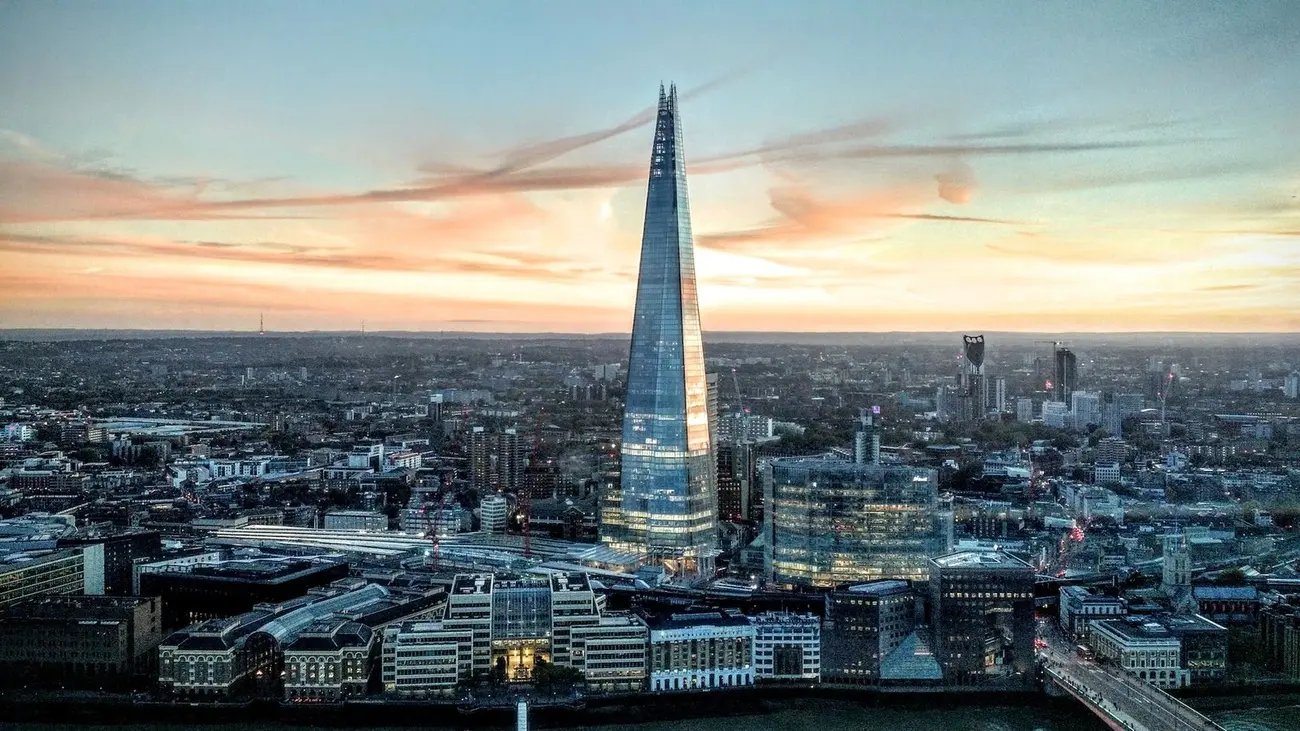
Image Source: areas.london
Southwark stands proudly on the Thames’ southern bank. This vibrant area brilliantly blends its rich historical heritage with modern city life. The neighbourhood ranks among the best neighborhoods in London because it really appeals to culture lovers and professionals alike.
Southwark Cultural Landmarks: Icons Galore
This area is absolutely brimming with world-famous attractions! The Tate Modern totally dominates the landscape from its home in the old Bankside Power Station. It’s one of the world’s biggest contemporary art museums – and one of the best free museums in London! Shakespeare’s Globe Theatre sits close by, offering genuine Elizabethan theatre experiences in a carefully rebuilt version of the original venue. Perhaps one for a list of unique things to do in London for couples?
The area’s charm also comes from iconic landmarks like Tower Bridge and Southwark Cathedral, which boasts a thousand-year legacy. The Golden Hinde is another popular spot, a faithful copy of Sir Francis Drake’s ship that famously sailed around the world. Culture seekers can explore unique places too, like the Clink Prison Museum, built right where one of England’s oldest prisons once stood. There are plenty of mind-blowing immersive experiences in London around here too!
Southwark Transport and Location: Superbly Connected
The neighbourhood’s fantastic connections make it one of the best areas to live in London. Four major stations serve the area: London Bridge, Southwark, Borough, and Elephant & Castle. These hubs connect to both the London Underground and National Rail networks. The Jubilee line whisks residents off to Canary Wharf, Greenwich, and Central London via Waterloo. The Northern line provides quick access to major spots like Bank and Kings Cross St Pancras. Fancy travelling by water? River lovers can hop on the Thames Clippers, which run frequently from London Bridge City Pier and Bankside Pier.
Southwark Property Pricing: Central London Premiums
Being a top place to live in London, Southwark commands high property prices. This reflects its super central spot and excellent amenities. The average house price sits somewhere between £584,000 and £671,007.
Property values vary by type:
- Detached properties: £1,673,000
- Semi-detached properties: £1,190,000
- Terraced properties: £821,000
- Flats/maisonettes: £487,000
Rental prices also show those premium rates. As of March 2025, the average monthly rent reached £2,358. That shows a 7.2% rise compared to last year.
Croydon: Value and Vibrancy in South London
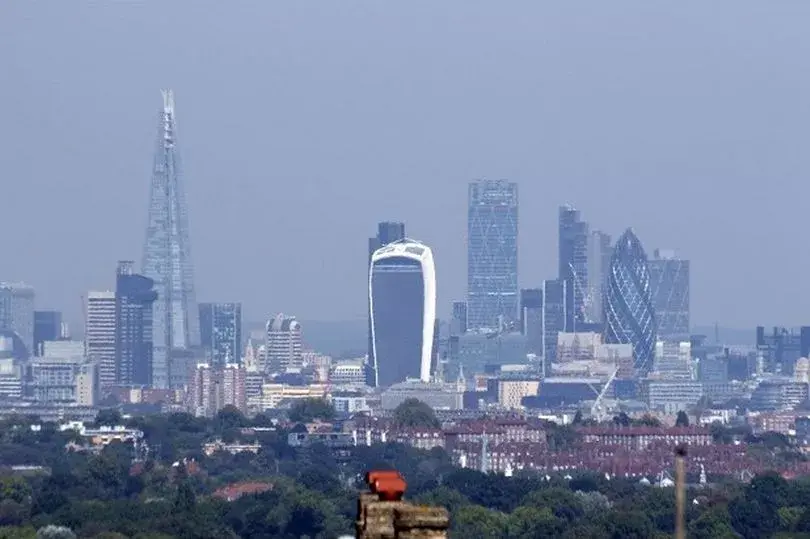
Image Source: Croydon Advertiser
Way down in South London, Croydon ranks among the best London boroughs for people really looking for value for their money. This area gives professionals and families a fantastic blend of city convenience and quieter suburban peace. Trust me, the neighbourhood keeps changing and reshaping the scene around it, making it an exciting place to watch.
Croydon Affordability and Transport: Big Perks
Money-wise, Croydon really stands out from other good places to live in London. The average property price sits around £443,931. That offers much better value than you’ll find in most London areas!
Here’s a look at what different types of homes typically cost:
- Detached homes: £737,000
- Semi-detached: £519,000
- Terraced properties: £474,000
- Flats/maisonettes: £353,000
Renters usually pay about £1,286 monthly. These prices make Croydon a brilliant choice for first-time buyers and tenants who need affordable homes but still want a good location.
Transport is definitely one of Croydon’s biggest strengths. East Croydon station runs direct trains every 15 minutes to London Victoria, London Bridge, and even Gatwick Airport. The borough actually became a major railway hub connecting down to Brighton and beyond. The Tramlink network is also super handy, helping residents get around town and nearby areas smoothly.
Croydon Regeneration and Development: Exciting Changes
Big changes are happening in Croydon thanks to some bold rebuilding projects. Developers Unibail-Rodamco-Westfield have exciting plans to turn the ‘North End Quarter’ into a lively mix of homes, shops, cultural spots, and public spaces.
Mayor Jason Perry is keen to bring back community pride through these improvements. There’s also a project, backed by the Greater London Authority and Croydon Growth Zone, aimed at boosting activity on Surrey Street. The goal is to protect and stimulate growth in this historic market area.
Croydon Lifestyle Options: Schools and Food
Croydon’s schools are really impressive. Several have earned ‘Outstanding’ ratings from Ofsted, which is fantastic news for families. Top primary schools include Chestnut Park, Heathfield Academy, and Harris Primary Academies. For older kids, Harris City Academy Crystal Palace, Harris Invictus Academy Croydon, and Riddlesdown Collegiate lead the secondary education pack.
Don’t forget the famous Brit School! It offers free performing and creative arts education and has produced loads of well-known alumni. There are also excellent private schools like Whitgift School and Trinity School, known for strong academics alongside great sports and arts programmes.
The food scene in Croydon just keeps getting better too. Boxpark has totally revitalised the town centre with its cool collection of bars, restaurants, and event spaces. Food lovers from all over London are now heading to Croydon to explore its exciting dining options – maybe even finding some of the best breakfasts in London hidden here!
Haringey: Cultural Melting Pot in North London
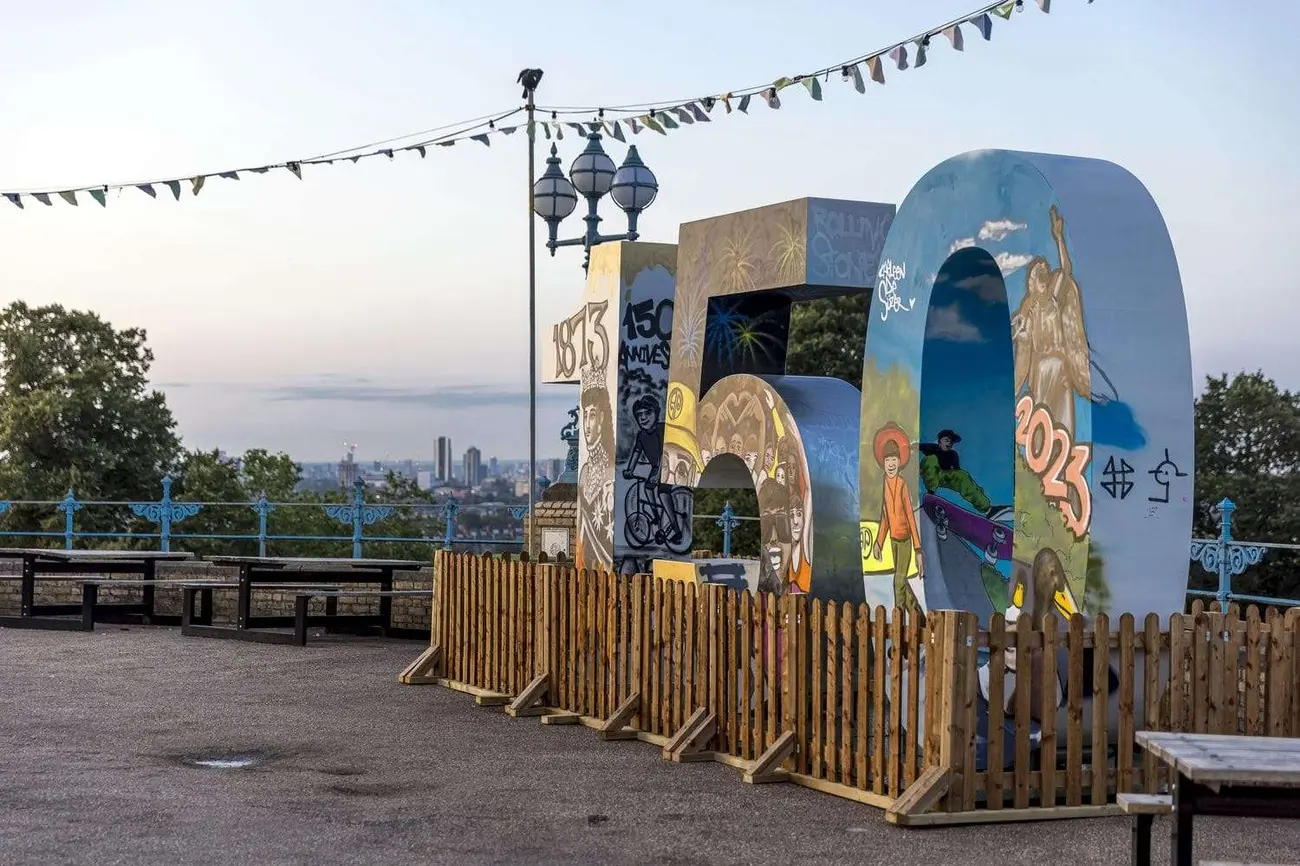
Image Source: Guinness Homes
Haringey really stands out as one of the best neighborhoods in London, especially thanks to its rich cultural diversity. This North London borough buzzes with multicultural energy. Honestly, it ranks among the capital’s most dynamic and exciting places to live.
Haringey Neighbourhood Diversity: A Global Hub
The borough’s character truly shines through its amazing mix of cultures. Get this: 38% of residents have BAME backgrounds, while another 26% identify as “white other”. Walking down the local streets, you’ll hear bits of the more than 180 languages spoken here daily! The N15 postcode in South Tottenham was even recognised as the UK’s most diverse area.
This wonderful blend of cultures really comes alive during local events. “Meet the neighbors” gatherings often bring Somali, Sierra Leonian, and other communities together to share delicious food and traditions. It’s fantastic!
Haringey Boutique Shops and Cafes: Independent Gems
Green Lanes acts as the commercial heart of this top place to live in London. It’s packed with independent shops that showcase the borough’s diverse heritage. Coffee lovers flock to Abraço, a local success story that now has spots in Harringay, Dalston, and Finsbury Park. Music & Beans at 461 Green Lanes adds even more cultural flair. The neighbourhood boasts over 40 unique cafes, offering everything from international flavours at Dobar to amazing craft baked goods at The Dusty Knuckle Bakery.
Haringey Housing Market: Opportunities and Costs
The property scene here offers a mix of opportunities and challenges for newcomers. Looking at data from February 2025, the average house price stood at £637,000.
Here’s how property values break down:
- Detached properties: £2,294,000
- Semi-detached properties: £1,179,000
- Terraced properties: £778,000
- Flats/maisonettes: £484,000
Private rental costs have jumped quite a bit, now averaging £2,153 per month. That’s a 12.5% increase from last year! The house price-to-earnings ratio is 16.63, which definitely highlights the cost hurdles in this otherwise very attractive best London borough.
Conclusion: Finding Your Perfect London Fit
So, there you have it! London’s neighbourhoods offer truly exceptional living experiences. There are options at various price points, designed to match all sorts of different priorities. Each area we’ve looked at brings something really special to the table. You’ve got Islington’s cultural buzz, Walthamstow’s amazing green spaces, Bloomsbury’s academic heritage, and Croydon’s brilliant budget-friendly options. Finding the Best Places to Live in London depends on what you value most.
One great advantage shared by these neighbourhoods is their fantastic connection to central London. Thanks to the extensive public transport network, commuting is often a breeze, whichever spot you choose. Green spaces are another huge highlight. Places like Wandsworth really lead the way with stunning award-winning parks and inspiring community projects.
Property prices certainly paint an interesting picture across these areas. You see high-end spots like Islington with average prices hitting £657,000, while Croydon offers homes at a more modest £443,931. Although prices vary hugely between areas, every neighbourhood shows promise through ongoing regeneration projects and strong community living.
Ultimately, the best London neighbourhood for you really comes down to your personal priorities. Maybe Tower Hamlets beckons with its cultural richness? Perhaps Barnet appeals with its family-friendly atmosphere? Or does Haringey draw you in with its incredible community spirit? These 13 neighbourhoods clearly show how London brilliantly caters to different lifestyles, all while keeping its unique charm and convenience.
FAQs: Best Places to Live in London
Q1. What are some affordable areas to live in London?
Some of the more affordable options when considering the Best Places to Live in London include Walthamstow, Croydon, and Newham. These neighbourhoods generally offer lower average property prices compared to central London, while still providing good transport links and local amenities.
Q2. Which London neighborhoods are best for families?
Neighbourhoods like Barnet, Stoke Newington, and East Dulwich are often highlighted as excellent choices for families looking for the Best Places to Live in London. They tend to offer top-rated schools, plenty of green spaces like parks and playgrounds, and family-friendly amenities, all within areas that have a strong sense of community.
Q3. What areas in London have the best transport links?
Areas renowned for having exceptional transport links include Islington, Bloomsbury, Southwark, and Tower Hamlets. These neighbourhoods typically boast multiple Underground and Overground stations, numerous bus routes, and sometimes even riverboat services. This makes getting into central London and travelling further afield quick and easy.
Q4. Which London boroughs are experiencing significant regeneration?
Several London boroughs are undergoing notable regeneration. Newham, Croydon, and Tower Hamlets are key examples. These areas are seeing substantial investment pouring into new housing, commercial spaces, public realm improvements, and community facilities. This could offer good long-term value for residents and investors looking for up-and-coming Best Places to Live in London.
Q5. What are some culturally diverse neighborhoods in London?
Haringey, Southwark, and Tower Hamlets are particularly well-known for their exceptional cultural diversity. These areas feature vibrant multicultural communities, a wide array of diverse cuisines, and rich cultural events. They offer residents a truly global living experience right here in London.

